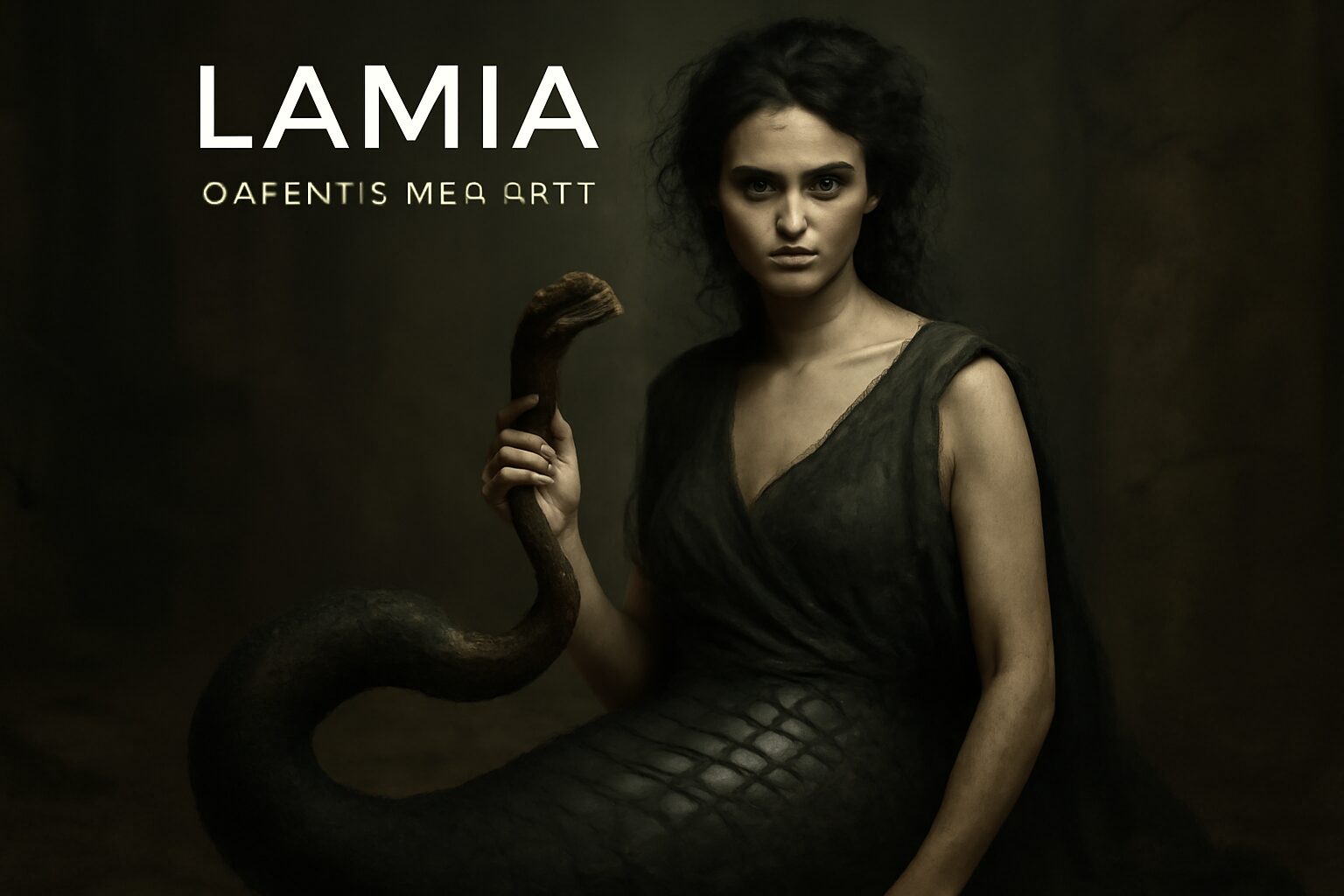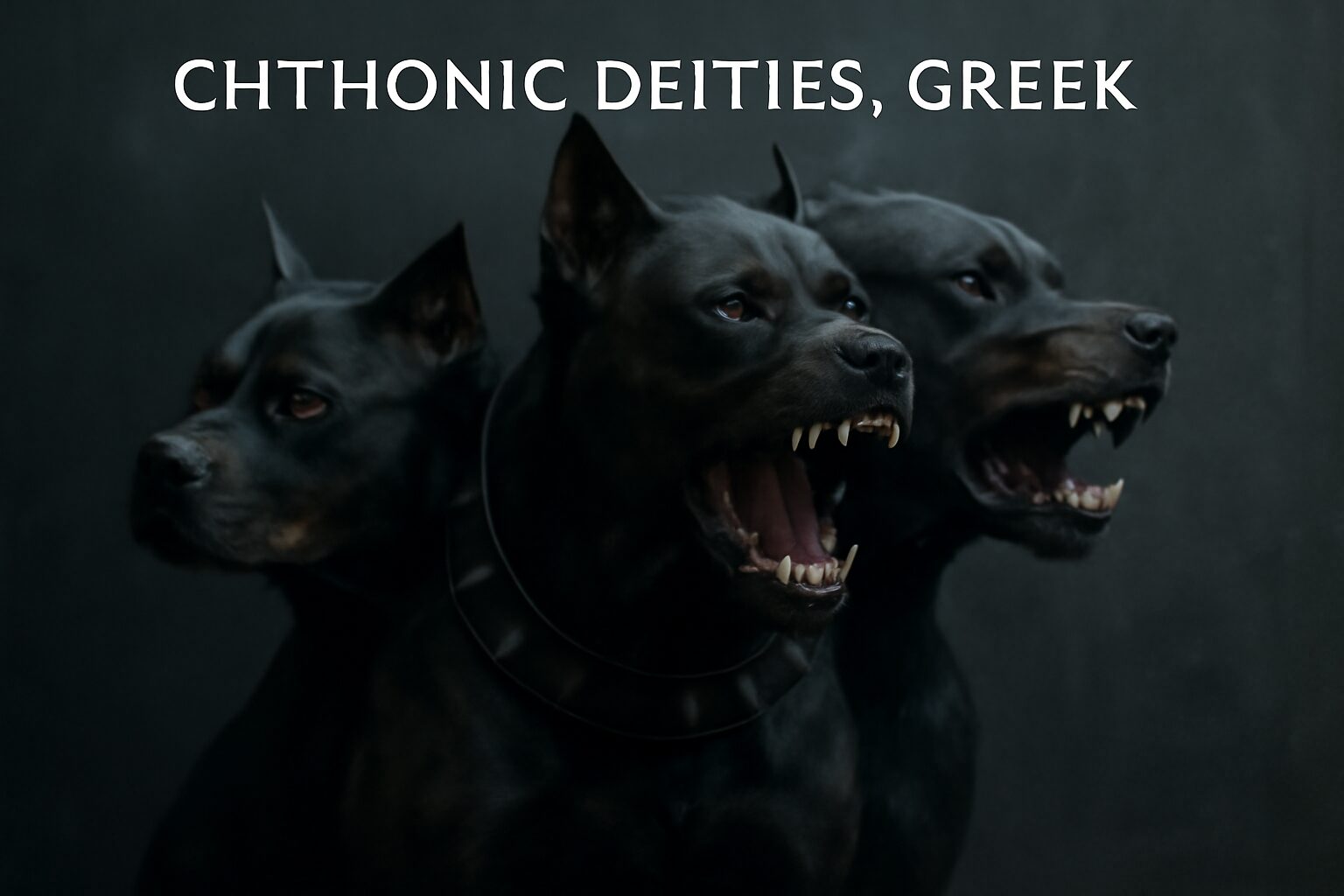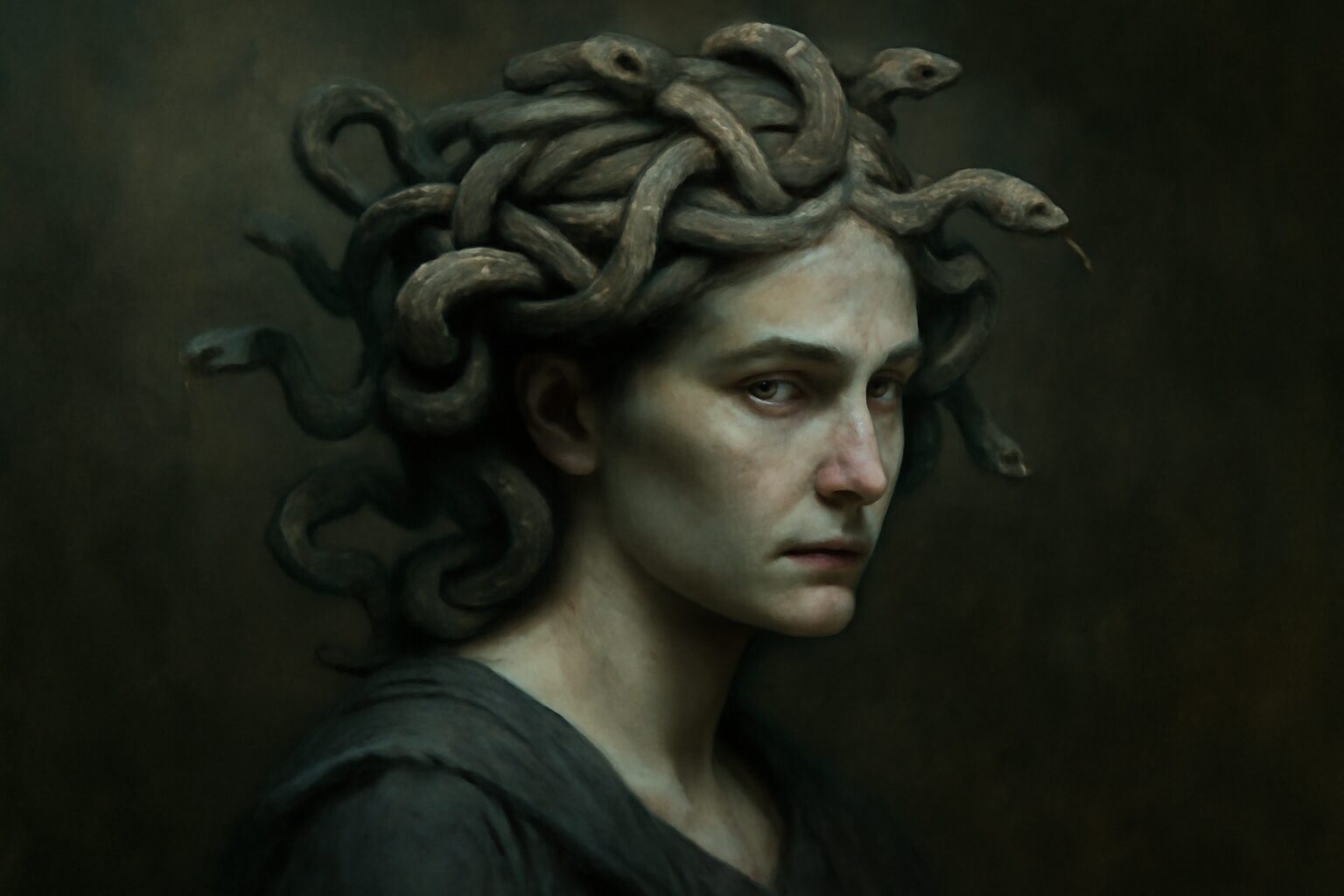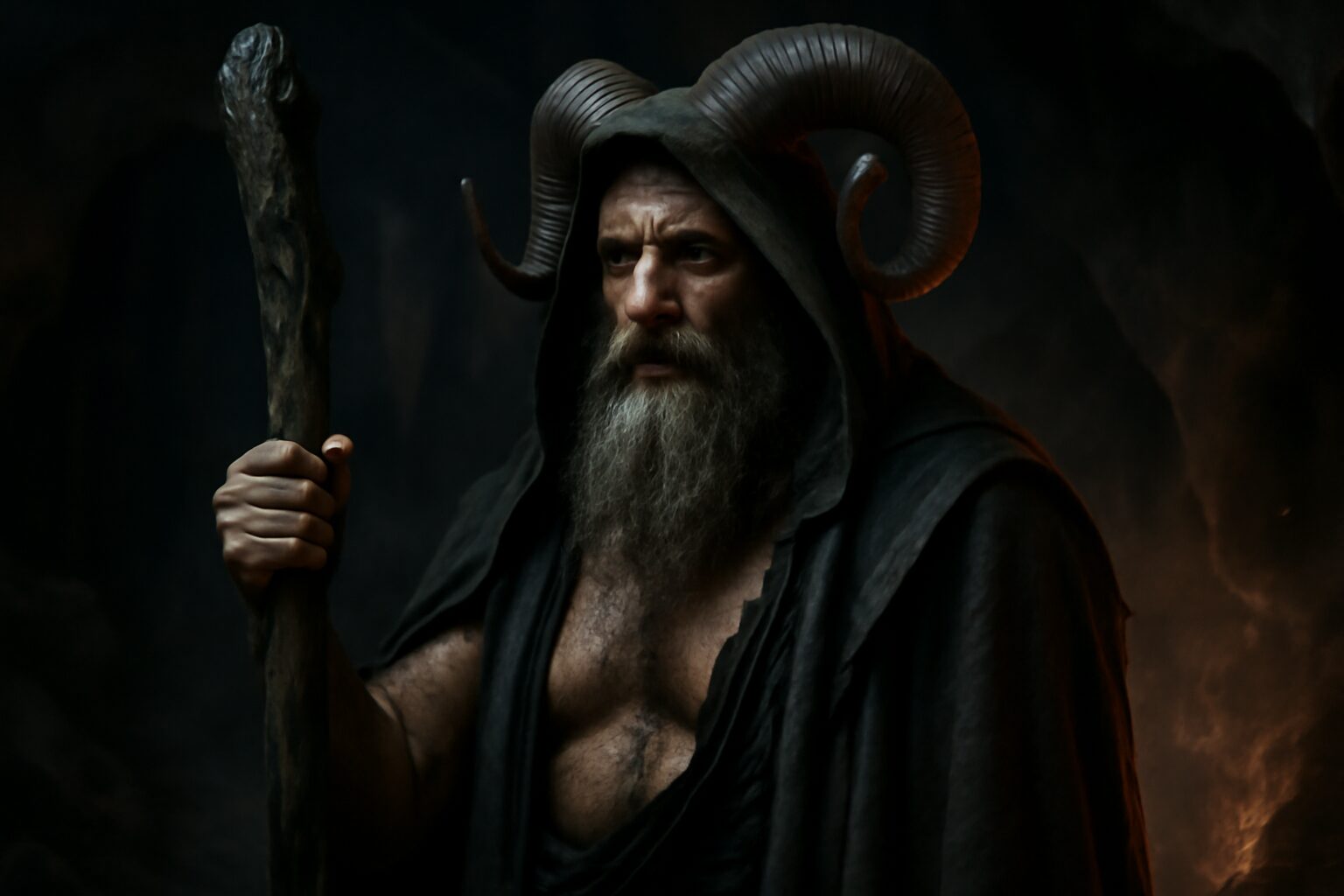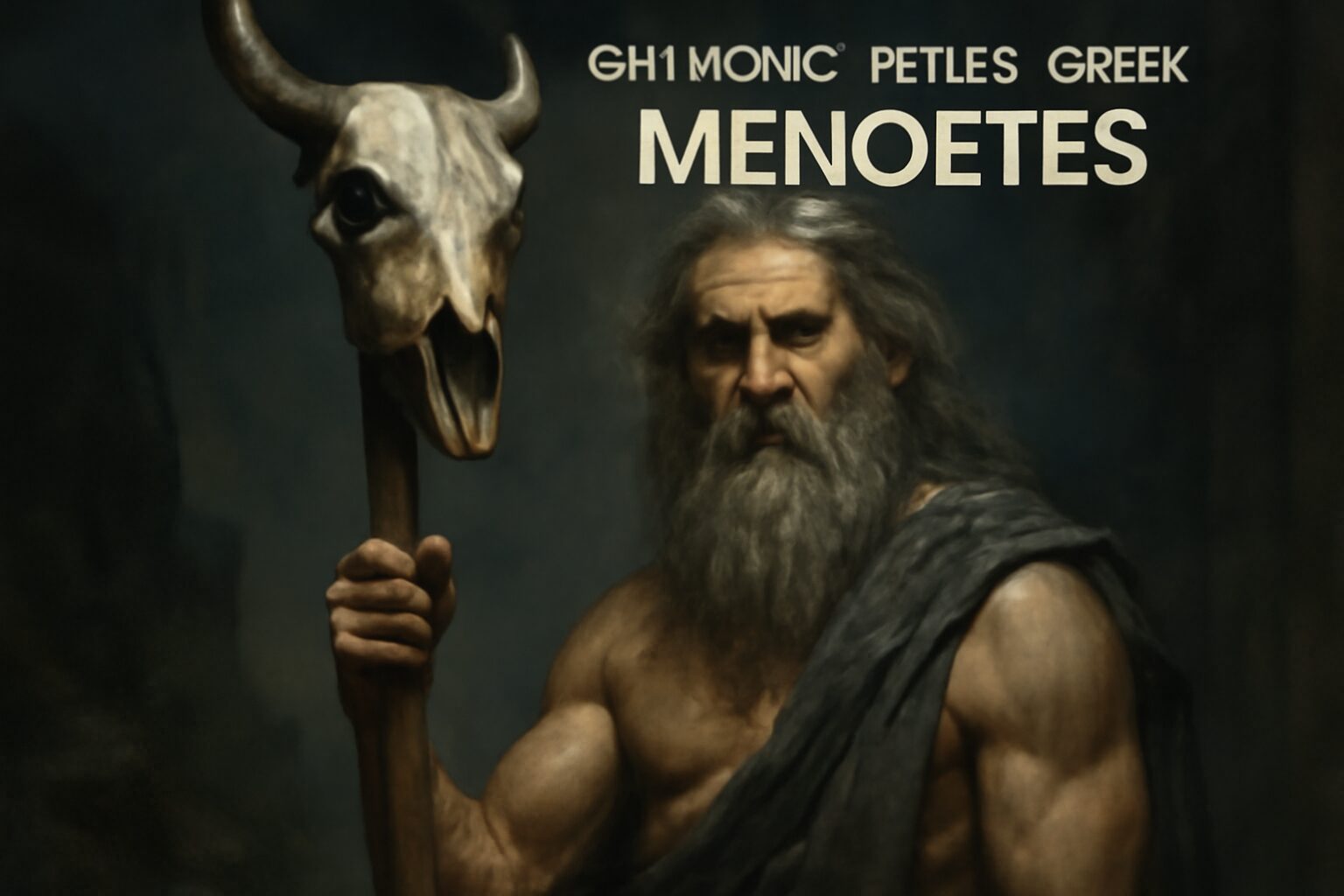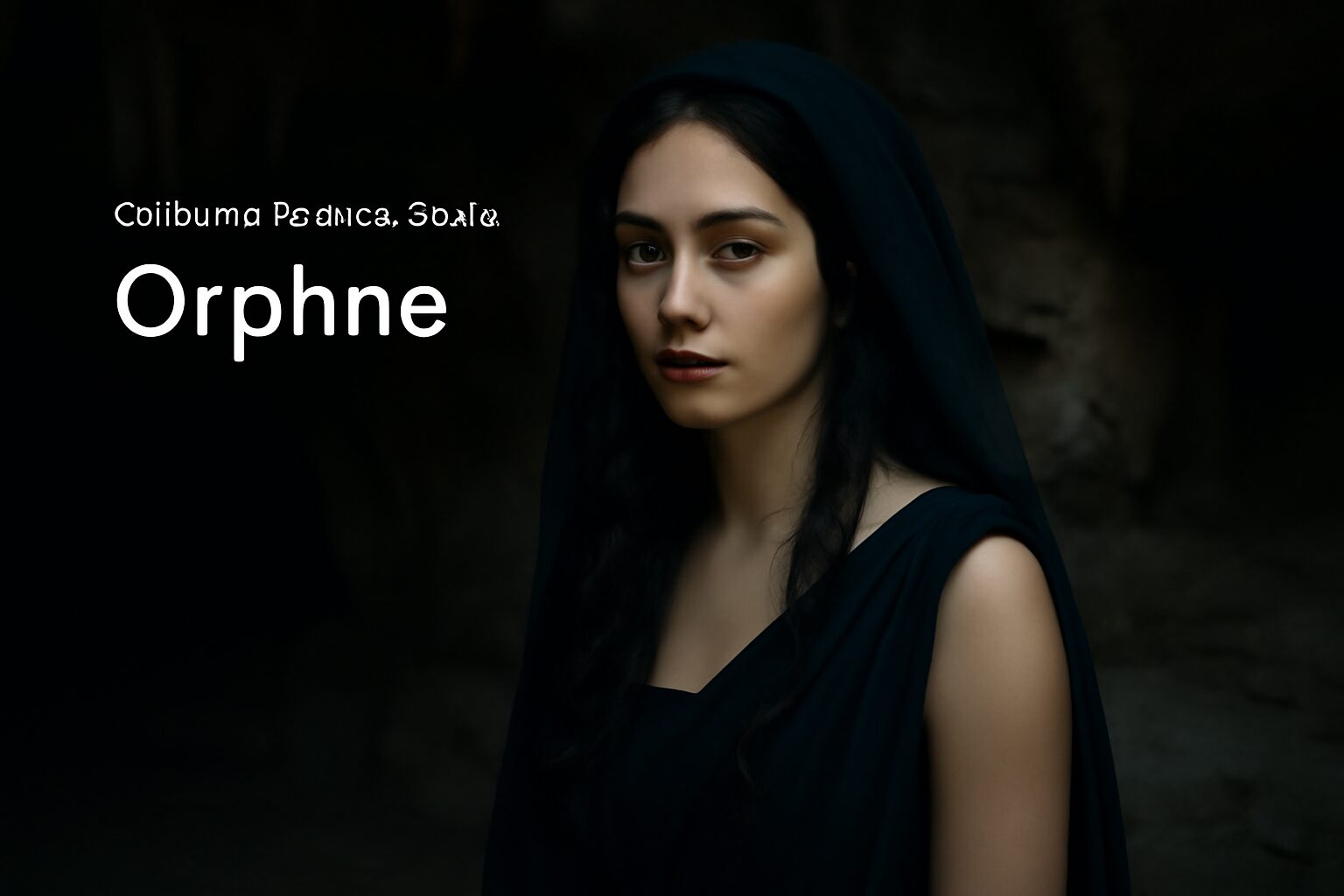Lamia: The Tragic Queen Turned Child-Stealing Monster
In Greek mythology, Lamia is a haunting figure whose story blends tragedy, jealousy, and monstrous transformation. Originally a beautiful queen of Libya, she was loved by Zeus, which drew the wrath of his jealous wife, Hera. The goddess's vengeance turned Lamia into a terrifying creature, forever marked by sorrow and rage.
The Myth of Lamia
According to legend, Lamia was once a mortal queen renowned for her beauty. Zeus, ever the philanderer, took her as a lover, and she bore him several children. When Hera discovered the affair, she flew into a rage and murdered Lamia's offspring. Some versions say Hera also cursed Lamia, driving her into madness. In her grief, Lamia transformed into a monstrous being who stole and devoured other women's children, unable to bear the sight of happy families.
Powers and Appearance
Over time, Lamia became a bogeyman-like figure, used to frighten disobedient children. She was often depicted as a half-woman, half-serpent hybrid, with a beautiful face but a monstrous lower body. Some myths grant her shapeshifting abilities, allowing her to appear as a beautiful woman to lure victims. Later traditions also describe her as a night-haunting demon who preyed on sleeping children, earning comparisons to vampires or succubi.
Relationships and Legacy
Lamia's story intertwines with other Greek myths. Some accounts link her to Hecate, goddess of witchcraft, while others suggest she became one of the empusae, demonic servants of the underworld. Her name became synonymous with child-stealing monsters, influencing later folklore about creatures like the strix (a vampiric owl-woman) and even modern vampire legends.
Significance in Greek Mythology
Lamia represents the dark consequences of divine jealousy and unchecked vengeance. Unlike many monsters born evil, her origin is rooted in profound grief, making her a tragic figure. Her myth also served as a cautionary tale—both about the dangers of attracting a god's attention and the terrifying consequences of a mother's wrath. Even today, "lamia" evokes imagery of seductive yet deadly female monsters, proving her lasting impact on mythology and horror.
Alternative Names for Lamia
God Name: Lamia (Roman)
The Romans adopted the name Lamia directly from Greek mythology, where Lamia was a child-eating daemon and later regarded as a type of night-haunting spirit (a lamia). The Romans did not significantly alter her myth or name.
God Name: Empousa (Greek (alternative epithet))
Empousa is sometimes conflated with Lamia in Greek mythology. She is a shape-shifting specter associated with Hecate, known for frightening travelers. Over time, Empousa's traits blended with those of Lamia, leading to occasional interchangeability in later texts.
God Name: Mormo (Greek (regional variant))
Mormo was a female spirit or bogeyman-like figure in Greek folklore, often used to frighten children. In some traditions, Mormo was linked or equated with Lamia as another child-devouring monster, particularly in regional tales from places like Corinth.
God Name: Sybaris (Greek (literary reference))
In some ancient texts, Sybaris is a monstrous figure similar to Lamia, dwelling in caves and preying on humans. Though not a direct alternative name, Sybaris shares enough traits with Lamia to be considered a parallel figure in certain myths.
Tales about Lamia
Lamia and Hera: The Queen's Wrath
Lamia was once a beautiful queen of Libya, beloved by Zeus for her grace and charm. Their union, however, drew the ire of Hera, the queen of the gods, who could not abide her husband's infidelities. In a fit of jealous rage, Hera cursed Lamia, transforming her into a monstrous creature with a serpent's tail and a hunger for human flesh. To deepen her torment, Hera either killed Lamia's children or drove Lamia to devour them herself in her madness. The grief-stricken Lamia was then condemned to wander the earth, her beauty forever marred, her nights filled with weeping and the haunting echoes of her lost progeny.
The Eternal Punishment
In some versions of the myth, Zeus, pitying Lamia, granted her the ability to remove her eyes to escape her sorrow, though this only added to her eerie nature. She became a bogeyman figure, feared by children and mothers alike, a symbol of Hera's relentless vengeance. Lamia's story serves as a chilling reminder of the collateral damage in divine conflicts, where mortal lives are shattered by the whims of the gods.
Lamia and Zeus: A Love Cursed
Before her transformation, Lamia enjoyed the favor of Zeus, who was captivated by her elegance and spirit. Their affair was one of passion, and Lamia bore Zeus several children, symbolizing a brief period of divine blessing. However, this happiness was short-lived, as Hera's wrath soon descended. Zeus, though powerful, could not fully protect his mortal lover from Hera's vengeance, highlighting the limits of even a god's power when faced with the determined fury of his spouse.
The Gift of Sorrow
In an attempt to alleviate Lamia's suffering, Zeus bestowed upon her the peculiar ability to remove her eyes at will, allowing her temporary respite from the sight of her torment. This gesture, while well-intentioned, only emphasized the tragic nature of her existence—caught between the affection of a god and the curse of a goddess. Lamia's tale intertwines love, loss, and punishment, illustrating how divine relationships could bring both immense joy and unimaginable despair to mortals.
Frequently Asked Questions
What is a Lamia in Greek mythology?
In Greek mythology, a Lamia is a female demon or monster who devours children. She was originally a beautiful queen cursed by Hera, transforming her into a child-eating monster as punishment for her affair with Zeus.
Who are the Chthonic Deities in Greek mythology?
Chthonic Deities are gods and spirits associated with the underworld, earth, and the dead in Greek mythology. Examples include Hades (god of the underworld), Persephone, Hecate, and the Furies. They were often worshipped with different rituals than the Olympian gods.
Why were Chthonic Deities important in ancient Greek religion?
Chthonic Deities were important because they governed death, the afterlife, and agricultural fertility - all crucial aspects of life. Greeks believed proper worship of these deities ensured good harvests, peaceful death, and favorable treatment in the afterlife.
How does the myth of Lamia relate to Greek views on motherhood?
The Lamia myth reflects Greek anxieties about motherhood and child safety. As a child-devouring monster, Lamia represented fears of infant mortality and the dangers that could threaten children, which was a significant concern in ancient times.
Are Chthonic Deities still relevant today?
While not worshipped today, Chthonic Deities remain culturally relevant as they influence modern literature, psychology (like Jungian archetypes), and popular media. Concepts like the underworld and afterlife from these myths continue to shape Western storytelling traditions.

